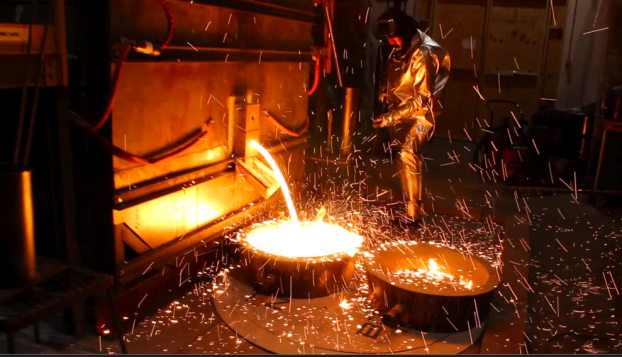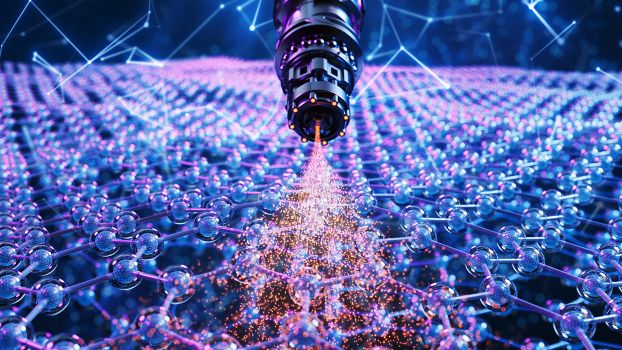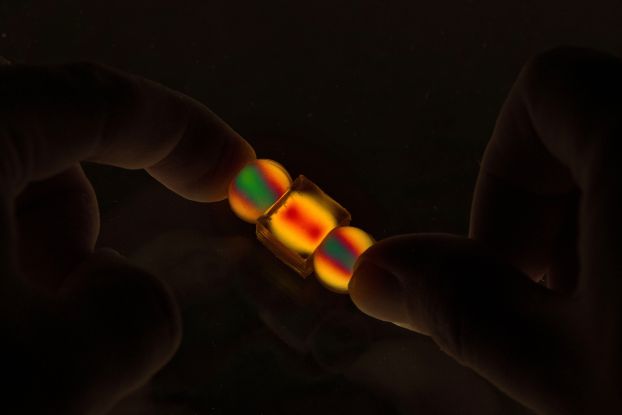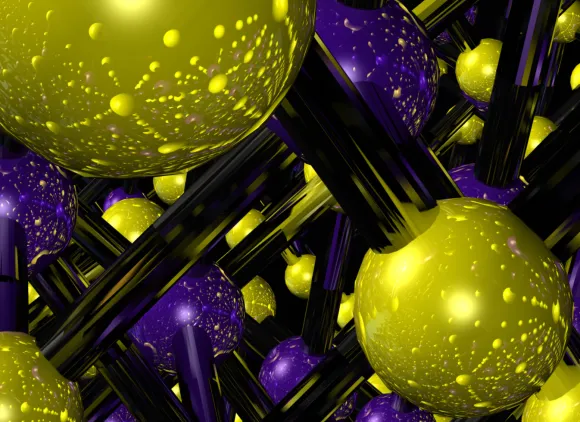This collection of lessons, videos and resources is designed for teachers, students and their families, exploring the science of materials from everyday applications to groundbreaking innovations.
 On this page
On this page
Lessons and activities
K-12 Curriculum: Materials Science
For educators (grades K–12)
TeachEngineering offers a wide array of materials science curriculum resources that integrate engineering design with fundamental concepts such as properties of materials, nanotechnology and sustainability.
Popular lessons include "Materials Matter" and "Using Biodegradable Leaves as Nontoxic Packing Material."
Materials World Modules (MWM)
For educators (middle and high school)
MWM, an NSF-supported program, offers hands-on curriculum modules that introduce students to cutting-edge materials science topics such as biomaterials, nanomaterials and electronic materials.
These modules provide opportunities for students to explore real-world applications and develop problem-solving skills.
Morphing Matter for Girls
For parents, educators and students (grades 9–12)
This initiative brings fun, hands-on STEM exploration activities to girls and encourages them to design creative projects with morphing materials, in the contexts of fashion, food, ecology and more.
Videos

Nanotechnology: Super Small Science
This 6–part series shows viewers how atoms and molecules can be used as building blocks to create future technology.
Watch the seriesImages

Credit: Boston Metal

Credit: Ella Maru Studio

Credit: Courtesy of the researchers (available under Creative Commons license Attribution-NonCommercial-NoDerivs 3.0 Unported)

